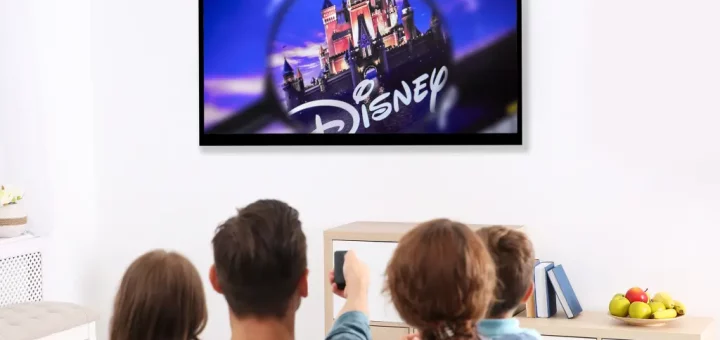Disney Debates Digital Plan As Its Future Hangs in the Balance
The Walt Disney Company released its quarterly earnings report yesterday. Afterward, CEO Bob Iger spoke about the company’s future.
What struck me about Iger’s comments wasn’t what he said. Instead, he left many blanks to fill in later.
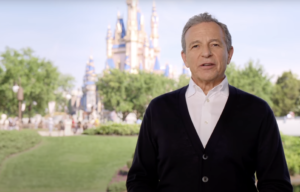

Disney remains committed to digital services as its future hangs in the balance. Here’s what we just learned.
The New Hulu Plan
One of the open secrets throughout Wall Street is that all forms of advertising, digital and traditional, have slipped in performance.


Photo: History.com
For this reason, corporations aren’t spending as much on advertising services. To a company like Disney, that’s problematic.
Disney+ recently added an ad tier specifically to take advantage of the additional revenue potential. It had counted on that revenue.


Photo: THIERRY CHESNOT/GETTY IMAGES
Right after Disney committed to that strategy, streaming advertising turned less lucrative. It’s a low-margin business at the moment.
Not coincidentally, Disney just announced that it will raise prices on its ad tiers to increase profit margins.


Source: Disney
Also, Disney will add Hulu as a tile in the Disney+ app. You must subscribe to Disney+ and Hulu to use the Hulu tile, but that’s not the point.
Iger explains the decision as “a logical progression of our DTC offerings that will provide greater opportunities for advertisers while giving bundles of subscribers access to more robust and streamlined content…”


Photo: Getty Images
That’s a mouthful, and I didn’t even quote it all. The gist is that Disney wants to serve better ads on Disney+. To do that, it needs Hulu.
Iger’s plan calls for Disney to direct-dial customers rather than serving generic ads. I mean the ones that promise you’ll lose weight with this one secret trick.


Image Credit: Disney
Iger wants to show advertisers that the Hulu/Disney combo is more effective for marketing than any others in the streaming service space.
How does this help you as a Disney fan? Uhh… Only Murders in the Building is pretty good.
More seriously, this move signals Disney’s first move toward a different digital future, even though Iger danced around that topic.
Anticipating Disney’s Next Digital Moves (Blame Cricket)
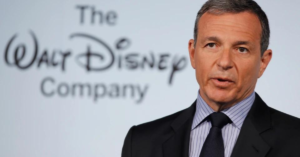

Photo: Chip Somodevilla/Getty Images
Iger acknowledges Disney’s current problem with this statement:
“The decline in the (linear television) business is, by the way, something that we predicted, starting in 2015-16, which is why we got into the streaming business to begin with.”
Then, he admits that “the declines that we’re seeing put even more pressure on us to turn that streaming business into a profitable growth business for us…”
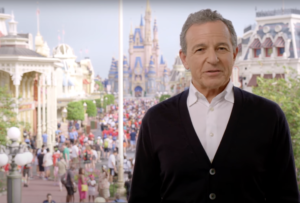

Disney finds itself stuck in the middle, as are most companies currently transitioning from a linear television to a streaming model.
Cord cutting is occurring at an alarming rate. Conventional linear television won’t fully go away, just as print media remains.
The financial viability is what has changed quickly, though.


Comcast
Disney, Comcast’s NBCUniversal, and Warner Bros. Discovery’s HBO Max must replace that lost revenue.
To Iger’s frustration, Disney+ costs a ton of money to operate, but its results have proven nowhere near enough to offset the linear television revenue decline.
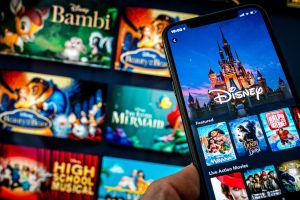

Image: The Wall Street Journal
For this reason, Disney will take a different approach from now on, and we’ve already watched one of the first steps.
Last year, the company ceded an opportunity to extend its Indian Premier League cricket license.
In that Disney headlines article from June 2022, I cited this tweet as a sign of what was to come:
For the West, it’s more Disney+ *losing* #IPLMediaRights than Viacom ‘winning’ it. Every major headline from NYT to The Hustle highlights the loss part. Why? Because Hotstar accounts for over 36% of Disney+ global subscriber base. And without IPL, who needs (paid) Hotstar? pic.twitter.com/mWBJ6Buazk
— Sohini M. (@Mittermaniac) June 14, 2022
Sure enough, while the cancellations didn’t happen immediately, Disney+ just lost four million subscribers.
Notably, Disney’s Hotstar service, which counts toward Disney+, lost 4.8 million subscribers. So, yeah. Blame cricket.


If Disney had extended its IPL rights, it would have lost a few hundred million more on digital content this quarter…and for minimal gains.
In fact, Disney+ average revenue per user increased by 20 percent. Disney had used the Hotstar market as a loss leader.


Photo Credit: AP Photo/Richard Drew, File
Iger is now saying, “Never again!”
Disney Streaming Turns Mercenary


(Photo by Kimberly White/Getty Images for Vanity Fair)
Disney’s CFO casually mentioned the following:
“As a result, we will be removing certain content from our streaming platforms and currently expect to take an impairment charge of approximately $1.5 million to $1.8 billion.”
Folks, that is NOT good for Disney fans. It’s the David Zaslav play wherein Disney will remove plenty of streaming content as a tax write-off.


Photo: Newsweek
MickeyBlog will identify the shows when the time comes. It’s usually a slow drip of a few titles announced at a time. And even that is misleading.
What typically occurs is that the service simply removes the content. Fans on social media piece together what’s been lost.


Photo:Source: Ivan Marc / Shutterstock.com
With Disney, I would expect the removal of straight-to-digital titles that underperformed.
Since I don’t know Disney’s internal metrics, I have no idea what those would be. As a guess, I’d expect content like Artemis Fowl.
When HBO Max removed content, it targeted titles like The Witches, which cost a lot of money but didn’t garner many viewings, especially after its initial release.


Photo: seventeen.com
I’m a bit worried about some Disney+ series I’ve enjoyed, especially Big Shot, which was recently canceled. It’s the kind of show that could vanish.
The HBO Max model targets anything expensive to produce – like something that stars John Stamos and features a big cast – that (sadly) isn’t very popular.
A Philosophical Change to Content Creation


(Photo by Jerod Harris/Getty Images for Vox Media)
Along with these content cuts, Iger also indicated a philosophical change. Here are the applicable comments:
“We launched Disney+ in many, many markets around the world, including many very low ARPU markets.


Photo: Hulu
And not only did we launch in those markets, but we spent a lot of money on marketing in those markets. And we spent money on local content.
So, as we rationalize this business and we head in the direction of profitability, we’re looking at opportunities to reduce expenses in those markets where the revenue potential just isn’t there.”


Photo: Forbes
Let me translate that from Iger-speak into the real world.
Disney had previously chosen to lose money on its international content creation, like with IPL cricket.
The company had prioritized new subscribers with loss leader programming.


Photo: BBC
Disney spent big money on titles it knew were unlikely to justify the financial outlay.
Now that Disney+ has claimed enough subscribers, those days are OVER!
Disney won’t create anything that debuts on digital unless the financials are justifiable, at least not right now.


Photo: Wikimedia
Historically, these matters are cyclical. But this is Disney’s current philosophy.
The ramifications in North America matter as well. We’re unlikely to witness as much new content on Disney+ in the short term.


Photo: ESPN
While Disney gets its financials in better shape, it’ll cut digital content spending.
For the next couple of years, Disney will rely on its plethora of existing content on Disney+.
By adding Hulu functionality, the service will seem like it’s expanding even though it’s not.
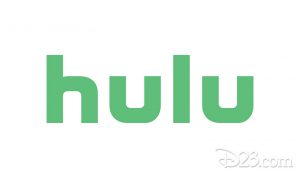

Photo: D23
In short, Disney has just committed to the “less is more” digital content strategy until its cash flow looks stronger.
Streaming may be the future, but for the time being, Disney must focus on the now.
Thanks for visiting MickeyBlog.com! Want to go to Disney? For a FREE quote on your next Disney vacation, please fill out the form below, and one of the agents from MickeyTravels, a Diamond Level Authorized Disney Vacation Planner, will be in touch soon!
Feature Photo: The New York Post


